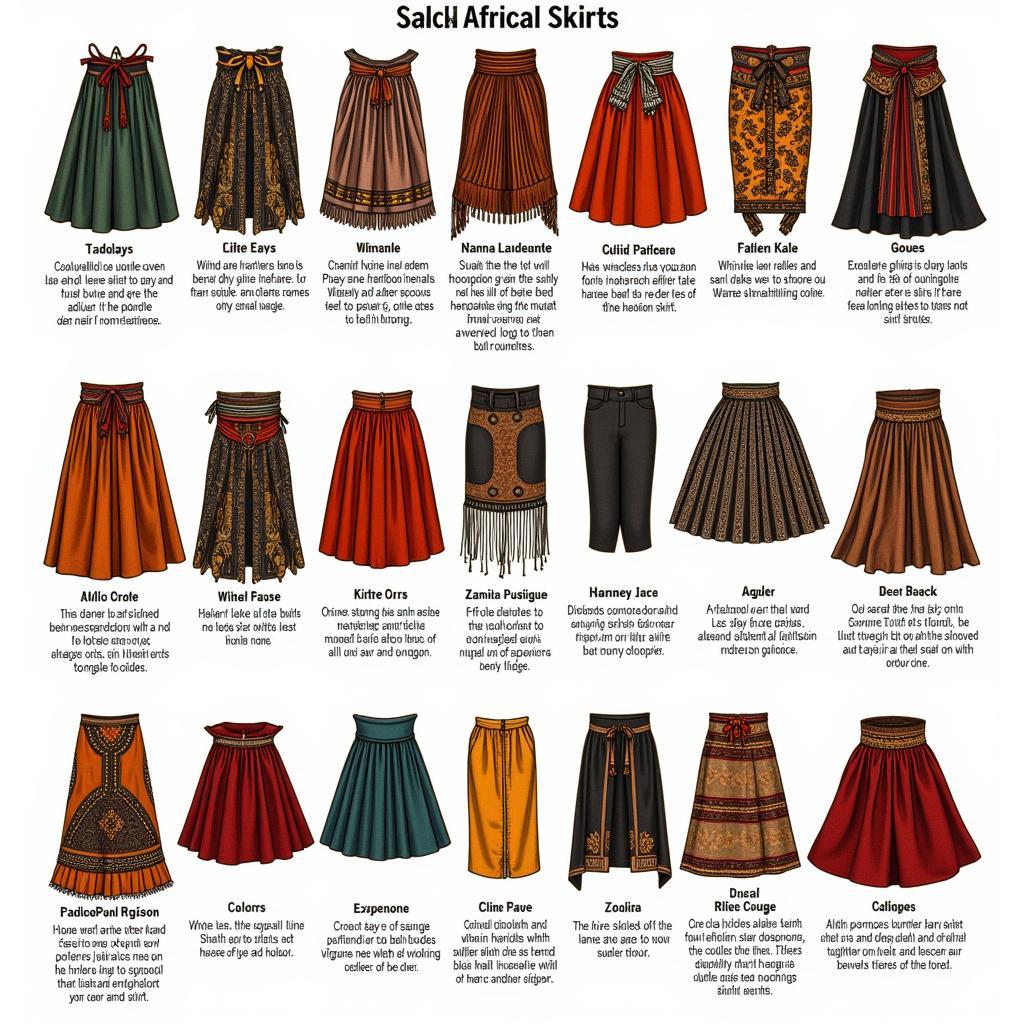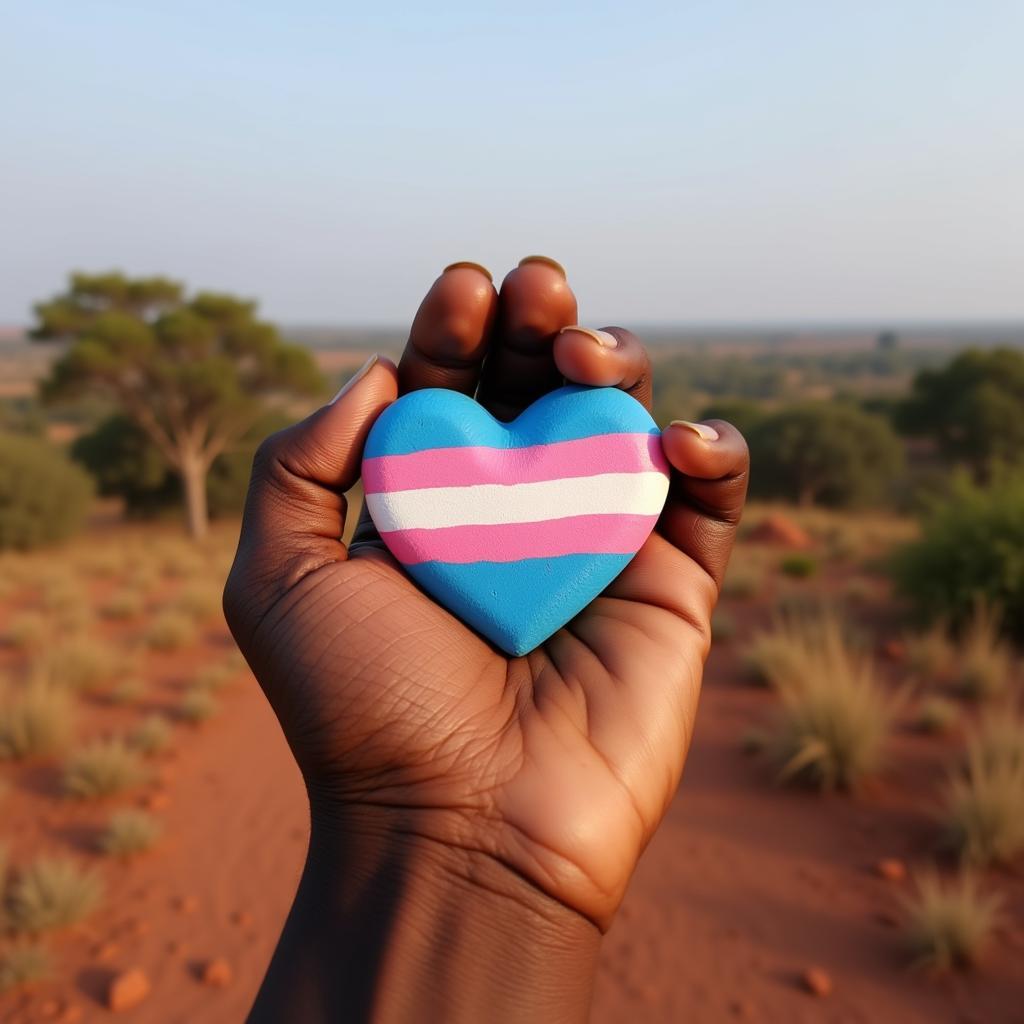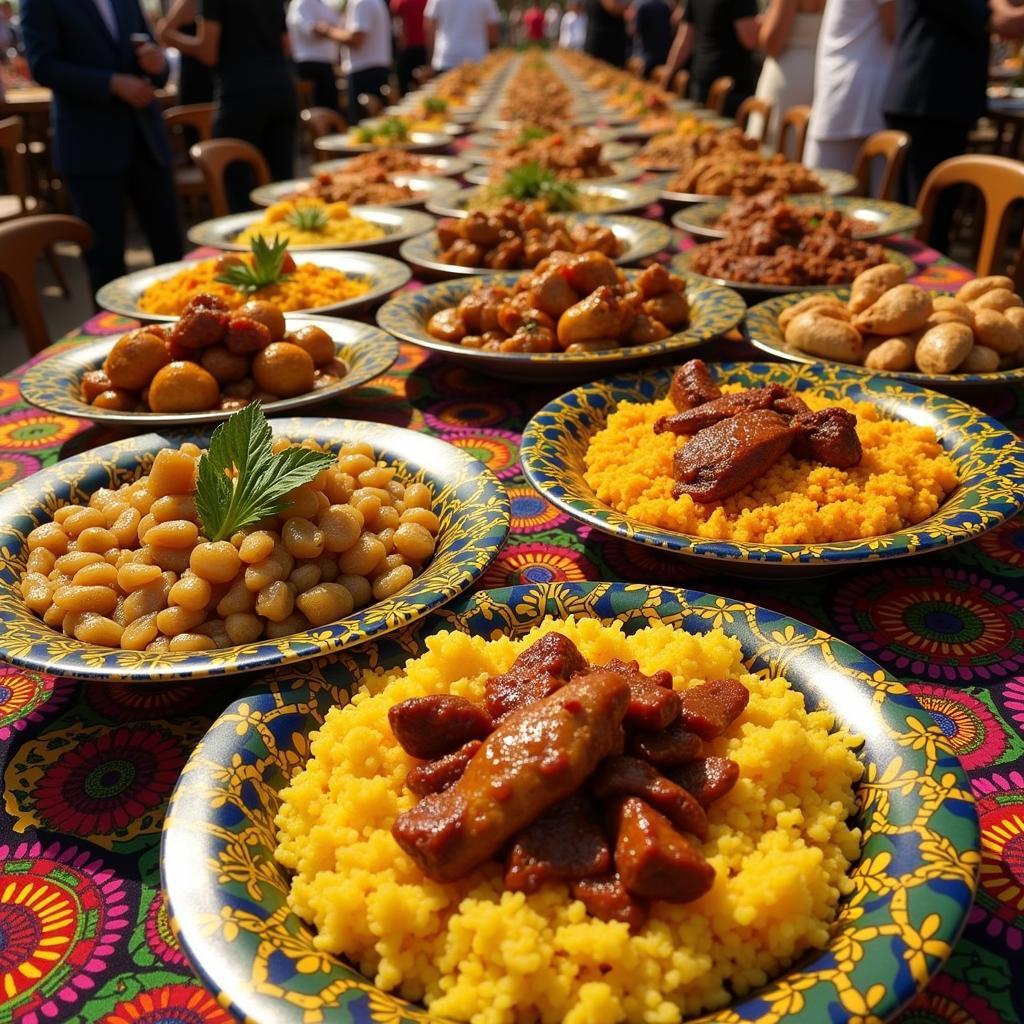Unveiling the Beauty of the African Body
The African Body, a testament to resilience, diversity, and captivating beauty, holds a story as rich and varied as the continent itself. From the sun-kissed skin to the strong, graceful limbs, every aspect speaks of a heritage steeped in tradition, adaptation, and a profound connection to the land. To understand the African body is to embark on a journey through time, culture, and the remarkable tapestry of human experience.
A Spectrum of Beauty: Celebrating Diversity
One of the most striking aspects of the African body is its incredible diversity. Across the 54 countries, a breathtaking range of physical characteristics unfolds. From the towering stature of the Dinka people in South Sudan to the petite frames of the Mbuti people in the Congo Basin, the continent defies simplistic categorization.
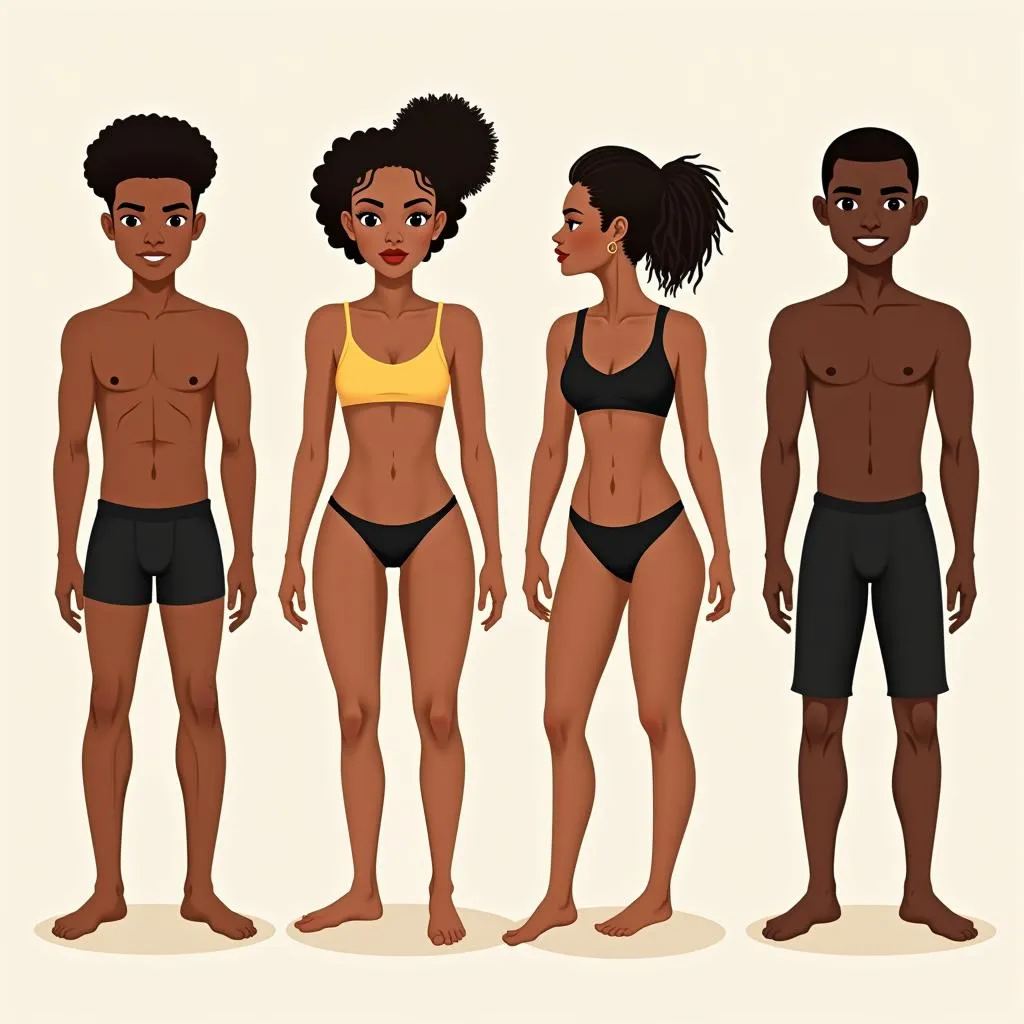 African Body Diversity
African Body Diversity
Skin tones, a radiant palette of human hues, tell tales of ancestral homelands and the sun’s embrace. From the deepest ebony to warm copper and shades of ochre, each tone reflects a unique heritage and connection to the land. Hair textures, equally diverse, range from tightly coiled curls to loose waves and everything in between. These variations are not merely aesthetic but also reflect cultural practices and expressions of identity.
Beyond Aesthetics: The Body as a Canvas
For centuries, the African body has served as a canvas for artistic expression and cultural storytelling. Intricate scarification patterns, once used to denote lineage, status, or rites of passage, weave intricate maps of personal and communal history onto the skin.
 African Body Scarification Patterns
African Body Scarification Patterns
Body adornment, from elaborate beadwork to vibrant textiles and intricate hairstyles, further accentuates the beauty of the African physique. Each element carries symbolic weight, communicating messages about social standing, marital status, or spiritual beliefs.
“The body becomes a living, breathing work of art, a testament to the creative spirit that pulsates throughout Africa,” says Dr. Abena Owusu, an anthropologist specializing in African art and culture. “These adornments are not mere decorations but powerful symbols that tell stories, connect generations, and affirm cultural identity.”
Strength and Grace: The Body in Motion
The African body, shaped by generations of physical activity and a deep connection to the land, embodies both strength and grace. Whether it’s the rhythmic movements of traditional dances or the agility displayed in everyday life, there’s an inherent fluidity and power that captivates the observer.
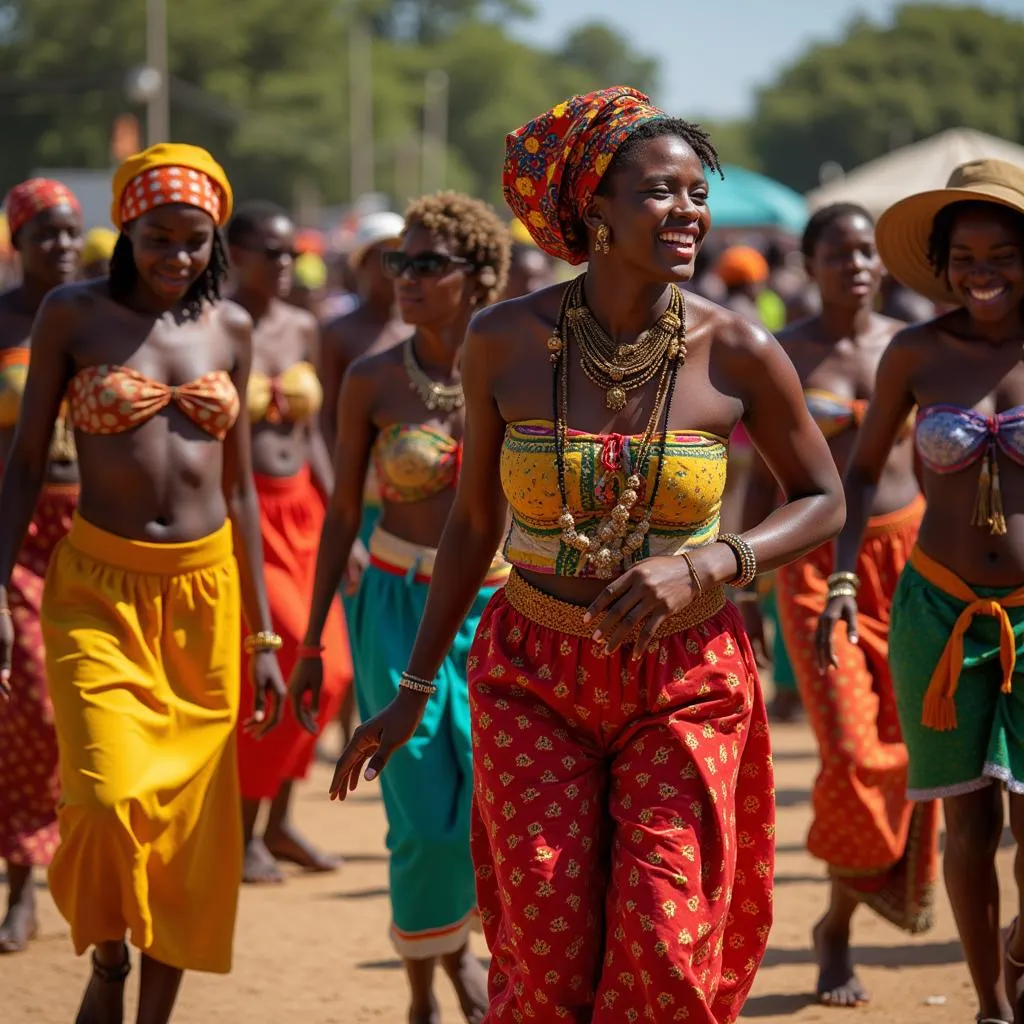 African Dancers in Traditional Attire
African Dancers in Traditional Attire
From the graceful strides of women carrying water jugs on their heads to the muscular physiques of farmers tilling the land, the African body is a testament to resilience and the ability to thrive in diverse environments.
The African Body: A Legacy of Beauty and Resilience
The African body, a testament to the continent’s rich history, cultural diversity, and enduring spirit, continues to captivate and inspire. It’s a reminder that beauty comes in countless forms and that true beauty lies not just in outward appearance but also in the strength, resilience, and the stories etched into every curve and contour. As we celebrate the beauty of the African body, we celebrate the enduring spirit of a continent and its people.
